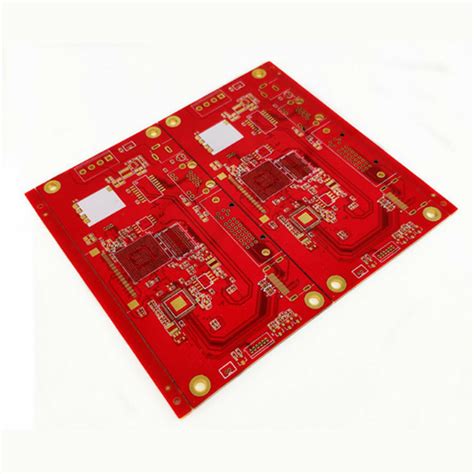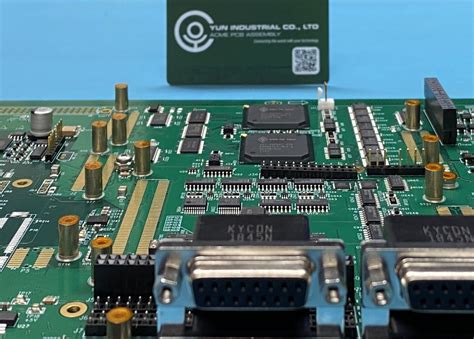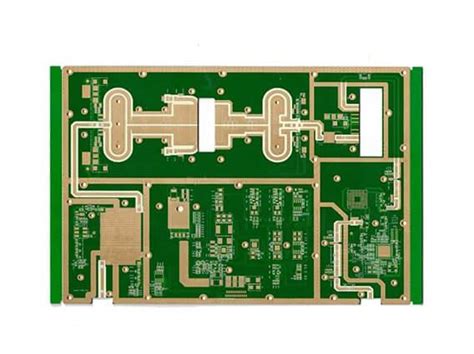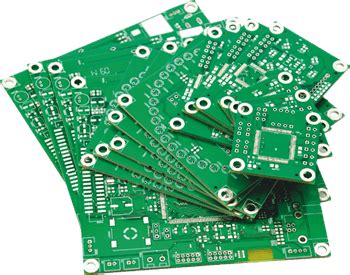Flux PCB Design: A Comprehensive Guide
Introduction
Printed Circuit Board (PCB) design is a critical aspect of modern electronics, serving as the backbone of virtually all electronic devices. Among the various methodologies and tools available for PCB design, Flux PCB Design has emerged as a powerful and versatile approach. This article delves into the intricacies of Flux PCB Design, exploring its principles, benefits, and practical applications.
Understanding Flux PCB Design
What is Flux PCB Design?
Flux PCB Design refers to a methodology and set of tools used in the creation and optimization of printed circuit boards. The term “Flux” in this context is derived from the concept of managing the flow of electrical signals and thermal energy across the PCB. This approach emphasizes the efficient management of electrical, thermal, and mechanical aspects to ensure optimal performance and reliability of the final product.
Core Principles
- Signal Integrity: Ensuring that electrical signals are transmitted without significant loss or distortion.
- Thermal Management: Efficiently dissipating heat generated by components to prevent overheating.
- Mechanical Stability: Designing the PCB to withstand physical stresses and environmental conditions.
- Component Placement: Strategically placing components to minimize signal path lengths and interference.
- Power Distribution: Ensuring a stable and efficient power supply to all components.
Benefits of Flux PCB Design
Enhanced Performance
By focusing on signal integrity and thermal management, Flux PCB Design significantly enhances the overall performance of electronic devices. This results in faster signal transmission, reduced latency, and improved reliability.
Increased Reliability
Efficient thermal management and mechanical stability contribute to the increased reliability of the PCB. This reduces the likelihood of failures due to overheating or physical damage, thereby extending the lifespan of the electronic device.
Cost Efficiency
Optimized component placement and power distribution can lead to reduced material costs and lower power consumption. Additionally, the enhanced reliability reduces the need for frequent repairs and replacements, further driving down costs.
Scalability
Flux PCB Design is highly scalable, making it suitable for a wide range of applications, from simple consumer electronics to complex industrial systems. This scalability ensures that the design methodology can adapt to the evolving needs of the electronics industry.

Practical Applications
Consumer Electronics
In consumer electronics, such as smartphones, tablets, and laptops, Flux PCB Design is used to ensure high performance and reliability. The compact nature of these devices necessitates efficient thermal management and signal integrity to maintain optimal functionality.
Automotive Industry
The automotive industry benefits from Flux PCB Design in the development of advanced driver-assistance systems (ADAS), infotainment systems, and engine control units (ECUs). The harsh environmental conditions in vehicles require robust mechanical stability and thermal management.
Industrial Automation
In industrial automation, Flux PCB Design is crucial for the development of control systems, sensors, and communication modules. The need for high reliability and performance in these applications makes Flux PCB Design an ideal choice.
Medical Devices
Medical devices, such as imaging systems, patient monitors, and diagnostic equipment, rely on Flux PCB Design to ensure accurate and reliable operation. The stringent regulatory requirements in the medical field further underscore the importance of this design methodology.
Key Considerations in Flux PCB Design
Material Selection
Choosing the right materials is critical in Flux PCB Design. The selection of substrate, copper thickness, and solder mask can significantly impact the performance and reliability of the PCB. High-quality materials ensure better signal integrity and thermal management.
Layer Stackup
The layer stackup, or the arrangement of copper and insulating layers, plays a vital role in Flux PCB Design. Proper layer stackup minimizes signal interference and enhances thermal dissipation. Multi-layer PCBs are often used to achieve optimal performance.
Component Placement
Strategic component placement is essential for minimizing signal path lengths and reducing interference. High-speed components should be placed close to each other to reduce latency, while heat-generating components should be positioned to facilitate efficient thermal dissipation.
Routing
Routing involves the design of the electrical connections between components. In Flux PCB Design, careful routing is necessary to maintain signal integrity and minimize electromagnetic interference (EMI). Differential pairs, controlled impedance, and proper grounding are key considerations in routing.
Thermal Management
Effective thermal management is crucial in Flux PCB Design to prevent overheating and ensure reliable operation. Techniques such as the use of thermal vias, heat sinks, and thermal pads are employed to dissipate heat efficiently.
Testing and Validation
Thorough testing and validation are essential to ensure that the PCB meets the desired performance and reliability standards. This includes signal integrity testing, thermal testing, and mechanical stress testing. Simulation tools are often used to validate the design before prototyping.
Tools and Software for Flux PCB Design
CAD Tools
Computer-Aided Design (CAD) tools are indispensable in Flux PCB Design. These tools allow designers to create, simulate, and optimize PCB layouts. Popular CAD tools include Altium Designer, Cadence OrCAD, and KiCad.
Simulation Software
Simulation software is used to model and analyze the electrical, thermal, and mechanical behavior of the PCB. Tools such as ANSYS, COMSOL, and SimScale provide valuable insights into the performance of the design.
Thermal Analysis Tools
Thermal analysis tools, such as FloTHERM and Icepak, are used to simulate and optimize the thermal management of the PCB. These tools help identify potential hotspots and suggest improvements to enhance thermal dissipation.
Signal Integrity Analysis Tools
Signal integrity analysis tools, such as HyperLynx and Sigrity, are used to evaluate the electrical performance of the PCB. These tools help identify and mitigate issues related to signal loss, crosstalk, and EMI.
Challenges in Flux PCB Design
Complexity
As electronic devices become more complex, so do the PCBs that power them. Managing the increasing complexity of PCB designs is a significant challenge in Flux PCB Design. This requires advanced tools and expertise to ensure optimal performance and reliability.
Miniaturization
The trend towards miniaturization in electronics poses challenges in component placement and thermal management. Designing compact PCBs without compromising performance requires innovative solutions and careful planning.
High-Speed Design
High-speed designs, such as those used in data centers and communication systems, present unique challenges in signal integrity and EMI management. Ensuring stable and reliable operation at high speeds is a critical aspect of Flux PCB Design.
Thermal Management
Effective thermal management is increasingly challenging as electronic devices generate more heat. Ensuring efficient heat dissipation without increasing the size or cost of the PCB is a key consideration in Flux PCB Design.

Future Trends in Flux PCB Design
Integration of AI and Machine Learning
The integration of AI and machine learning in PCB design tools is expected to revolutionize Flux PCB Design. These technologies can automate complex design tasks, optimize layouts, and predict potential issues, thereby enhancing efficiency and accuracy.
Advanced Materials
The development of advanced materials, such as high thermal conductivity substrates and low-loss dielectrics, will further enhance the performance and reliability of PCBs. These materials will enable better thermal management and signal integrity in Flux PCB Design.
3D Printing
3D printing technology is poised to impact PCB design by enabling the creation of complex, multi-layer PCBs with intricate geometries. This technology can reduce prototyping time and costs, making Flux PCB Design more accessible.
IoT and Wearable Electronics
The proliferation of IoT devices and wearable electronics will drive the demand for compact, high-performance PCBs. Flux PCB Design will play a crucial role in meeting the unique requirements of these applications, such as low power consumption and robust thermal management.
Conclusion
Flux PCB Design represents a comprehensive and forward-thinking approach to PCB design, emphasizing signal integrity, thermal management, and mechanical stability. By leveraging advanced tools and methodologies, Flux PCB Design enhances the performance, reliability, and cost efficiency of electronic devices. As the electronics industry continues to evolve, Flux PCB Design will remain at the forefront, driving innovation and enabling the development of next-generation technologies.






